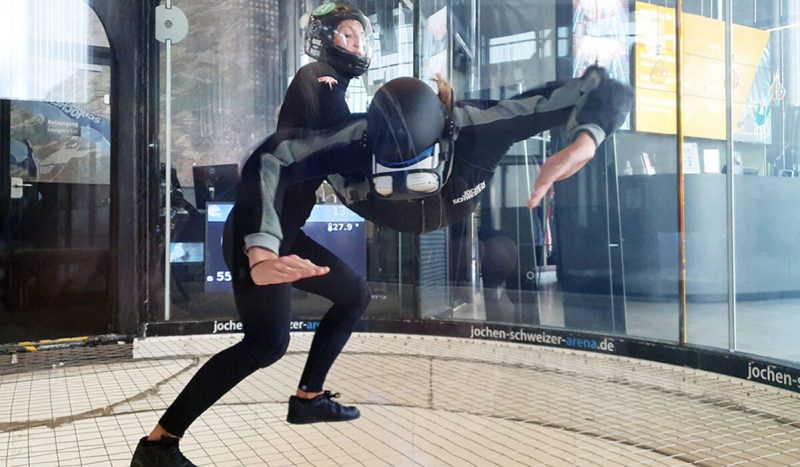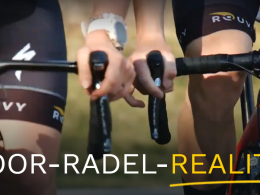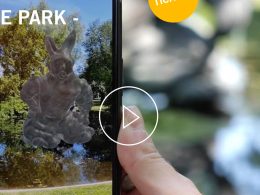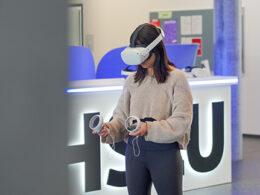With its new VR Bodyflight experience in Taufkirchen near Munich, Jochen Schweizer, the pioneer among extreme athletes, promises free fall in virtual reality: while you are whizzing along a rock face in Lauterbrunnen with VR goggles, your own body is lifted into the air by a stream of air travelling at around 285 km/h. The VR image and the real experience are perfectly coordinated. The VR image and the real experience are precisely coordinated.
During this adventure, visitors experience double the action. The combination of bodyflying and virtual reality, which the famous extreme sportsman and entrepreneur Jochen Swiss in Taufkirchen beams visitors to the Bernese Oberland.
Off to the Bernese Oberland
While you take off in the wind tunnel, you also wear VR goggles. These allow you to experience the free fall from the summit into the Lauterbrunnen Valley. For 1.5 minutes you are plunged into the depths. The wind blows around your ears and adrenalin pumps through your veins. All around you, you can see the grey rock walls that drop almost vertically into the depths. Below you is the deep green valley with crystal-clear springs.
Virtually through the air: the technology of VR bodyflight
In real tandem parachute jumps, you jump from a height of around 3,000 metres and more for about 50 seconds of free fall before hopefully pulling the rip cord. If the real jump is a bit too extreme for you, you can use wind tunnels or flight tubes and experience the feeling of a free fall close to the ground.
The flight tube at Jochen Schweizer has a diameter of around 4.5 metres. An airflow of up to 285 km/h blows the pilot up to 15 metres into the air. During the VR flight, the maximum wind speed is around 160 km/h and the flight altitude is around two to three metres. The entire tube guides the airflow, so there is no flow drop at the edge - and no risk of falling. You are instructed by an experienced skydiver.
The VR goggles used are the Oculus Quest 2 in a sturdy protective housing. They are mounted on the helmet with a ratchet system. The image in the VR goggles is mirrored live on two monitors and observed by technicians. They keep an eye on the VR image and check that it fits the body. In addition, outsiders can witness what the VR person is experiencing.
Source: Mixed / Jochen Schweizer / Youtube








